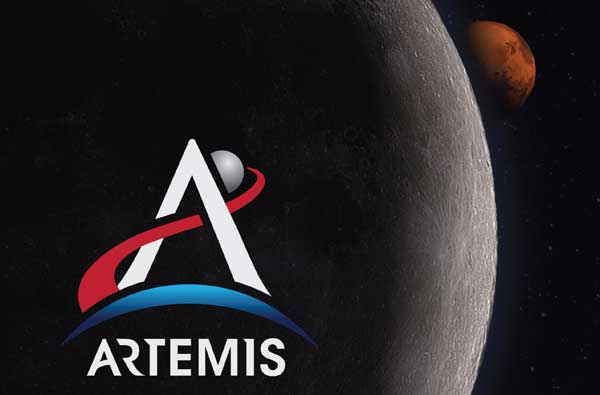As part of the agreement, a consortium of Australian businesses and research organizations will develop a small rover that can operate on the lunar surface. The rover would have the ability to pick up and transfer lunar regolith (broken rock and dust) to a NASA-operated in-situ resource utilization (ISRU) system on a commercial lunar lander. Such a rover could fly to the Moon as early as 2026.
“This agreement will serve to strengthen the longtime relationship between the United States and Australia in areas related to space exploration – a relationship that goes back more than half a century to the days of the Apollo program,” said NASA Administrator Bill Nelson. “By working together with the Australian Space Agency and our partners around the world, NASA will uncover more discoveries and accomplish more research through the Artemis program.”
The agreement will be supported under the Australian government’s $150 million Moon to Mars initiative, announced at a 2019 event at NASA Headquarters featuring Australian Prime Minister Scott Morrison. It will have applications supporting human exploration and science missions for both agencies. Australia is particularly focused on field robotic systems and sensing, resource technologies, and planetary science that could provide a long-term contribution to future space exploration activities.
“Australia is at the cutting-edge of robotics technology and systems for remote operations, which are going to be central to setting up a sustainable presence on the Moon and eventually supporting human exploration of Mars,” said Enrico Palermo, head of the Australian Space Agency. “This agreement will leverage our expertise in remote operations to grow our space sector here at home, while developments that come from preparing for space will make sure our resources sector keeps powering ahead too.”
For NASA, the Australian rover provides a complementary capability. While the lander that delivers the rover will include a mechanism for collecting lunar soil and depositing it into NASA’s ISRU system, the rover offers a second means of collection and increases the overall chances of a successful demonstration.
Installed on the lander, NASA’s ISRU demonstration will attempt to extract oxygen from lunar regolith. The soil contains oxygen in the form of chemical compounds with elements like iron and silicon. The small-scale technology demonstration will aid in the design of larger, more capable units in the future. Such units could enable astronauts to use resources on the Moon to create rocket fuel and other mission consumables.
The collaboration aims to further the goals of both countries, including commercial companies conducting missions and operations in cislunar space. For the broader space community, the partnership between NASA and the Australian Space Agency broadens the Artemis coalition across a variety of geographic, as well as scientific and technology, sectors. The result will be a broad lunar exploration presence that is truly global in nature, rooted both in scientific purposes as well as peaceful exploration of outer space.
